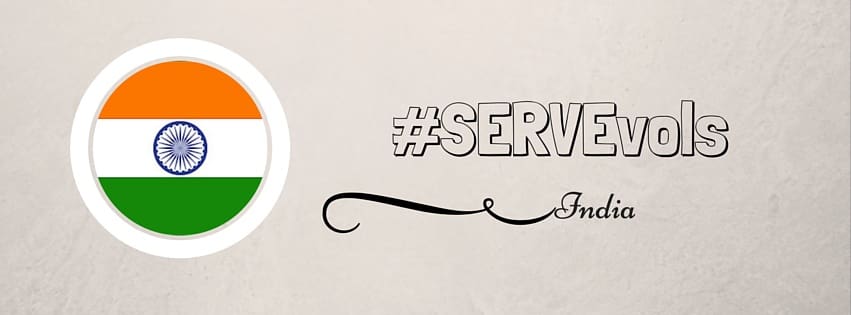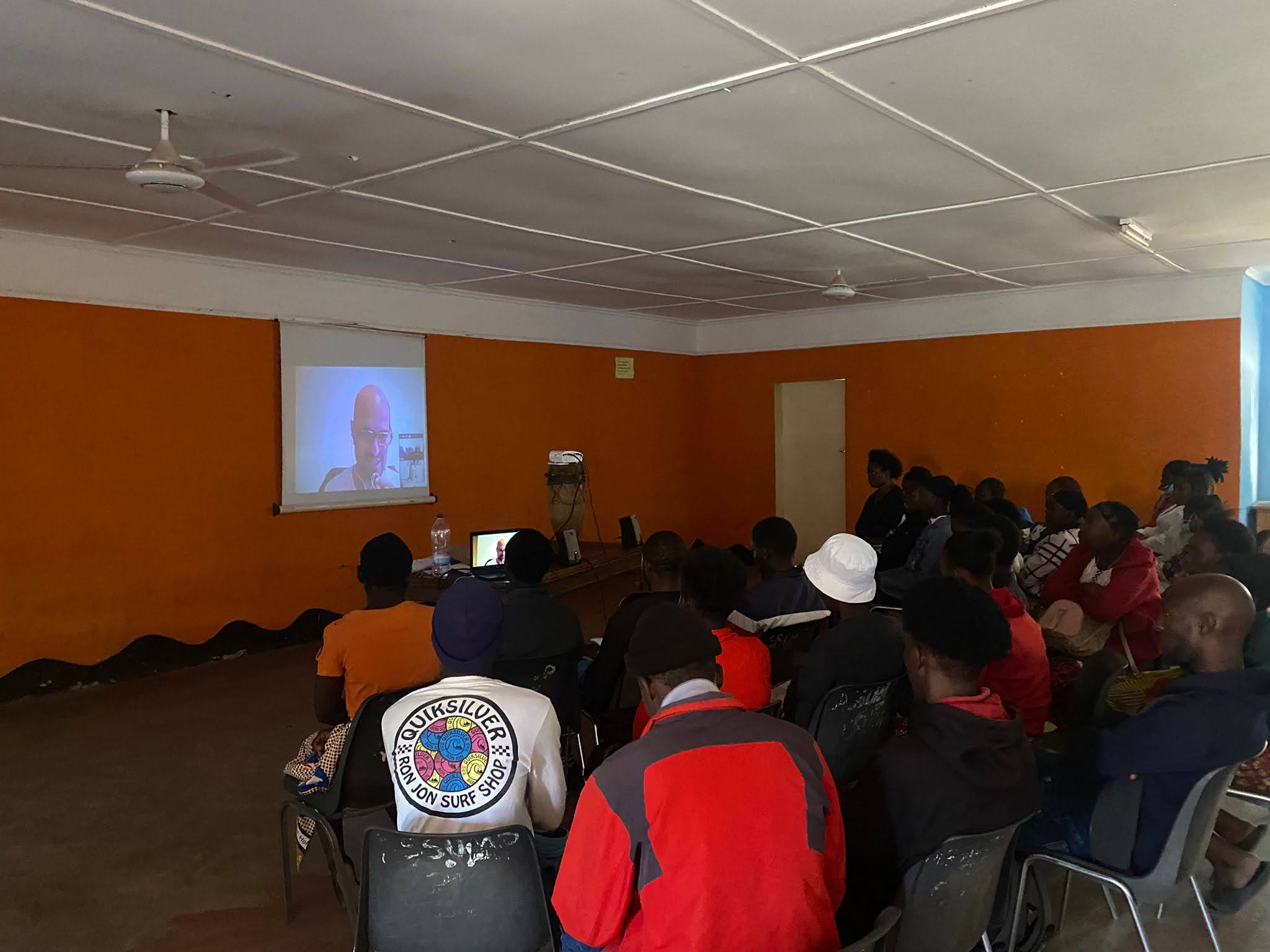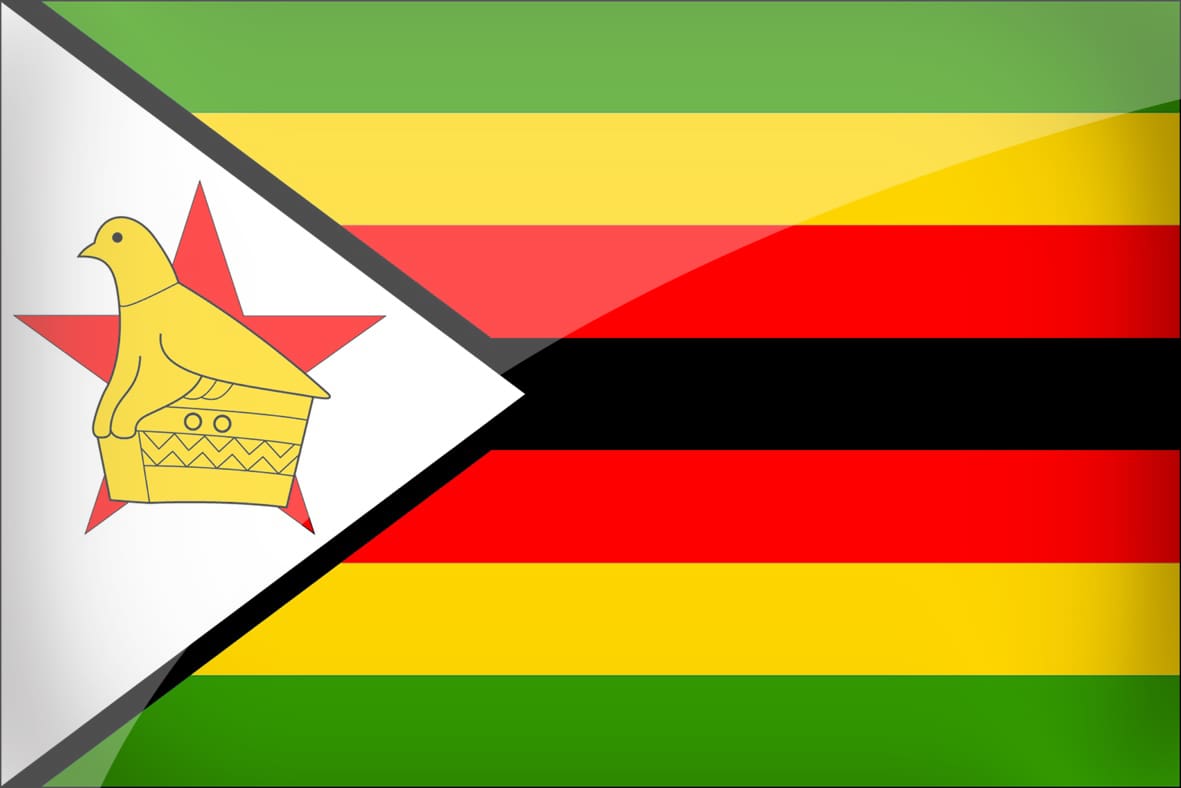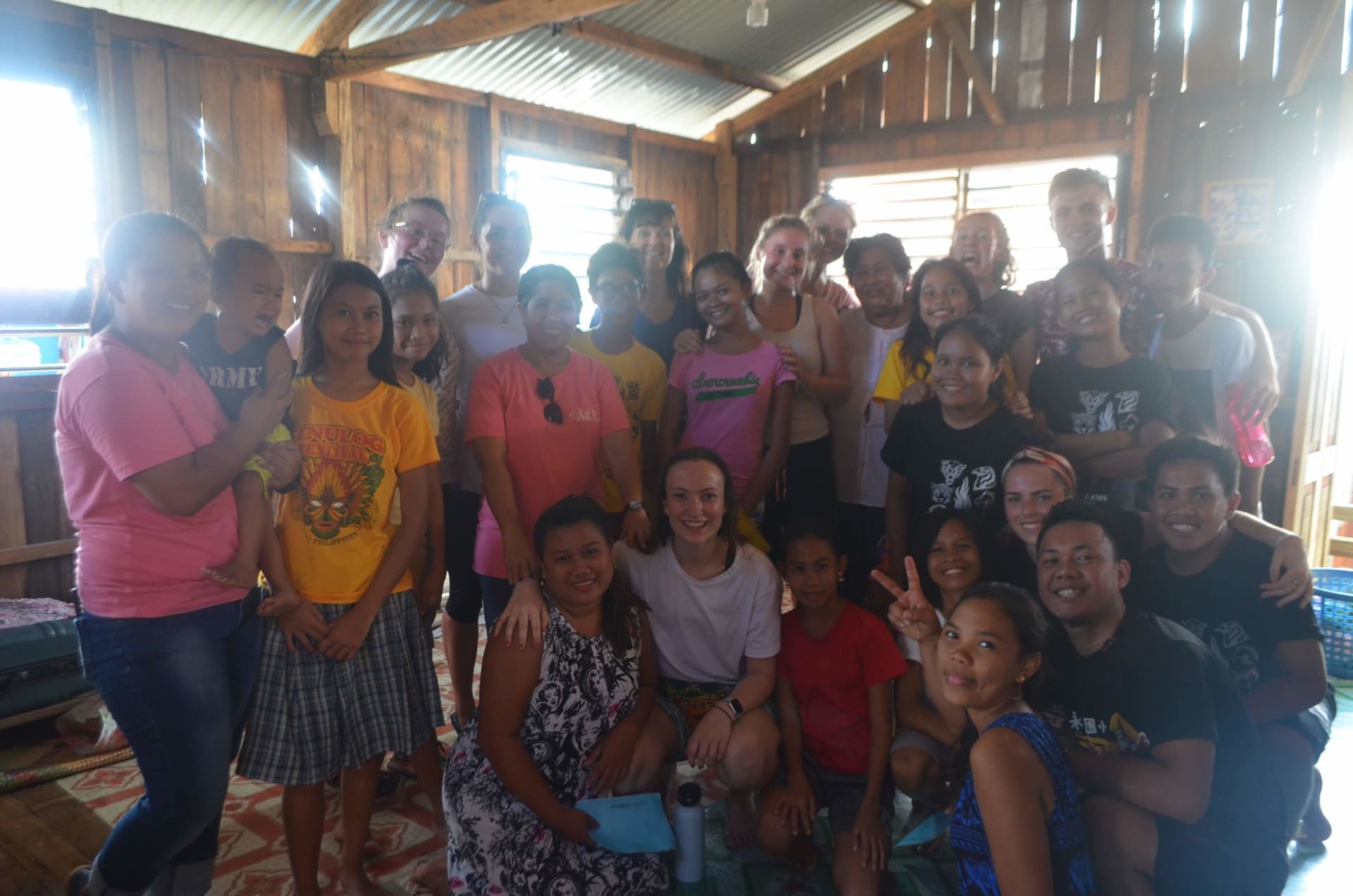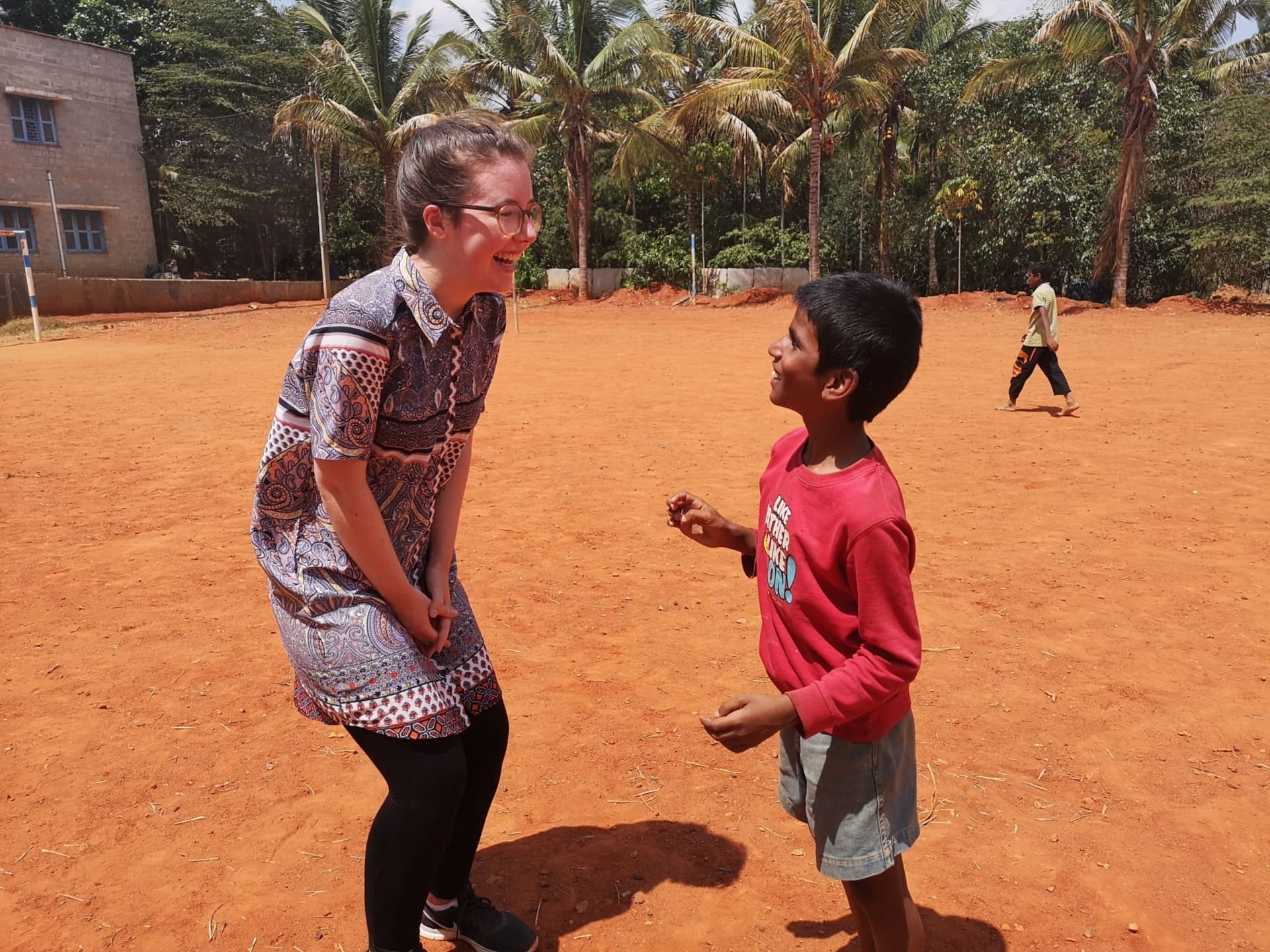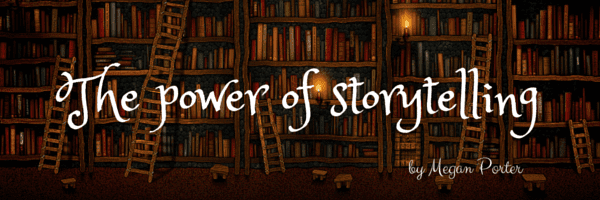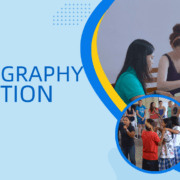From One Continent to Another
By Ciara Naughton
Ciara is participating in the Silver Global Citizen Award. This is the first of her Global Blogs from India.
As the college year came to an end, time was quickly running out until we departed on our volunteering project to India with SERVE, just eight female volunteers, all hailing from different parts of Ireland accompanied by our two trusty leaders – John and Lisa. As I prepared for what many in my home town had hailed “a life-changing experience”, I began to wonder what lay in store.
My thoughts then turned towards the Hindu Caste system and how different our system is in Ireland. At the top of this Caste system are the Bhramin which include priests and academics such as doctors. They are the highest ranking of the caste system and therefore they are the most superior. Next in the pyramid is the Kshatryia group consisting of warriors/soldiers and kings, followed by Vaishya who consists of merchants and landowners. The fourth group is Sudra who are known as commoners, peasants or servants. At the bottom of the caste pyramid are the untouchables, who were and are still considered as the outcasts of society. The untouchables include people with leprosy, HIV, AIDS etc.
Soon, my thoughts turned towards my placement site – Sumanahalli. I began to worry that they would expect me to practice as a qualified nurse, or at the other end of the spectrum would they value advice I gave them even though I was just a student nurse from Ireland. More importantly and pressing, I wondered if the patients in Ave Maria (Leprosy Centre) and Support (HIV/AIDS Centre) receive the care that they are entitled to. Furthermore, I wondered what people with leprosy, HIV etc. were treated like in India. Therefore, before leaving Ireland I set about researching Leprosy and HIV/AIDS in India.
Many articles and newspapers cited Leprosy as a “disease” hereditary in nature or contracted through uncleanliness. However to my surprise, I also learned that many Indians choose to primarily believe the biblical reference regarding leprosy and how it is acquired – whereby this “disease” is contracted as punishment for a mortal sin that has been committed.
On the other hand, HIV and AIDS is also a major endemic in India; with figures indicating that the state of Karnataka (the state that we will be volunteering in) has one of the highest rates of HIV and AIDS. Moreover, a study conducted in India indicated that 60% of the participants in the study believed HIV could only be contracted by women involved in prositution, drug users and gay men. Thus, while many non-governmental organisations (NGOs) and government funded initiatives have been employed to correct these beliefs; sufficient education has not been given to all of India.
Conversely, research has highlighted transgender people and long-distance truckers as the two new emerging groups at a high risk of HIV transmission. Furthermore, one of the most prominent areas surrounding HIV and AIDS is the stigma associated with the disease among the LGBT and MSM community. For example, four members of the Naz Foundation Trust (an Indian NGO that works with MSM and other groups affected by HIV) were jailed for 47 days after police raided their offices for “promoting homosexuality”. Research in 2012 depicted that in some circumstances only 55% of those eligible for anti-retroviral treatment (the drugs used in the treatment of HIV/AIDS; helping to prolong their life) are receiving this drug. This indicates the need for much needed access to HIV/AIDS clinic, but more importantly easily accessible clinics.

